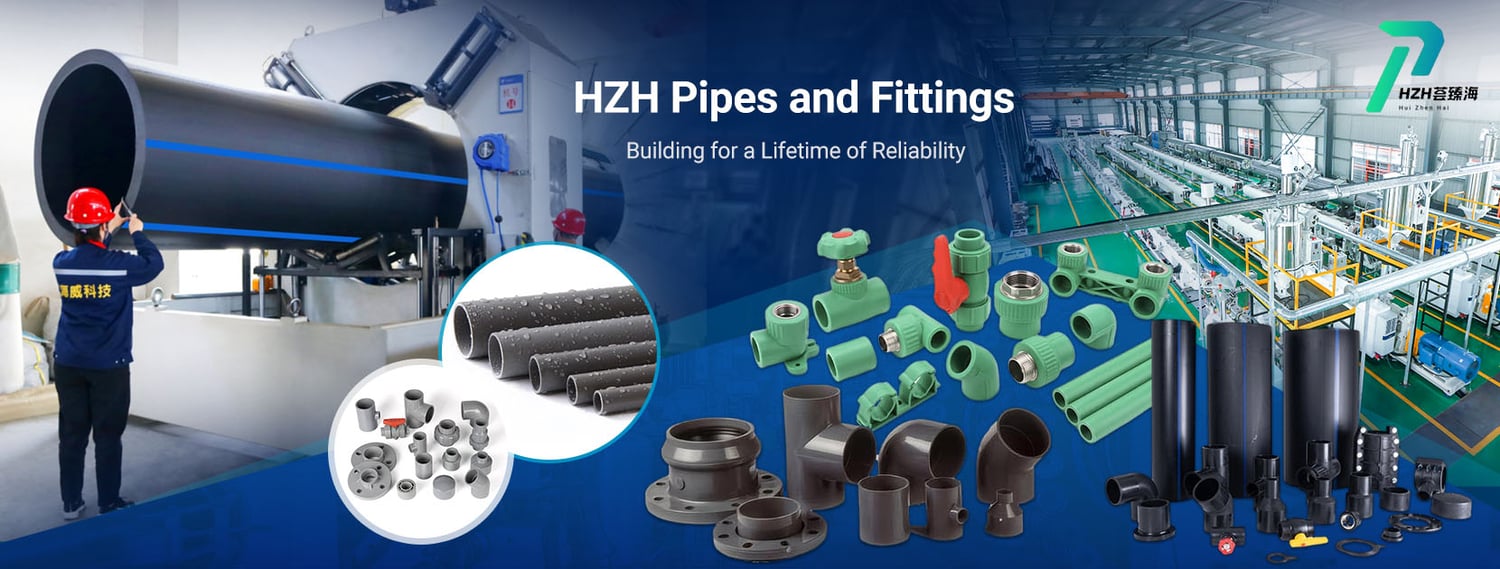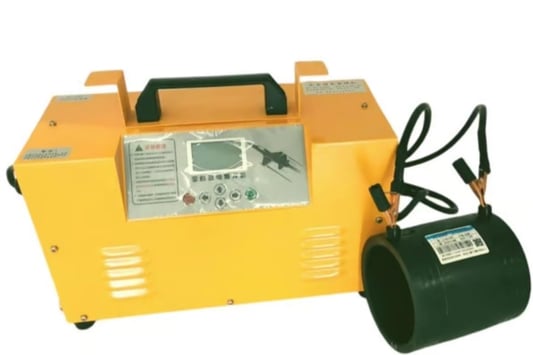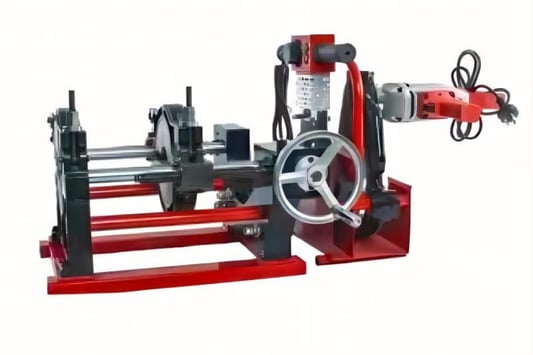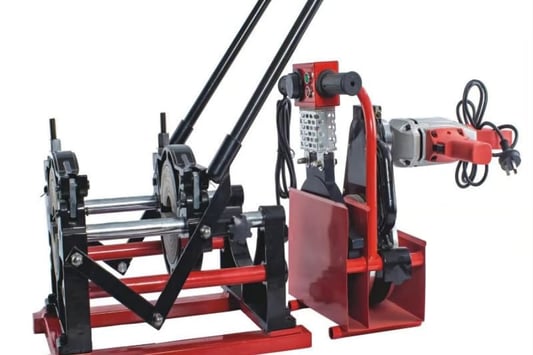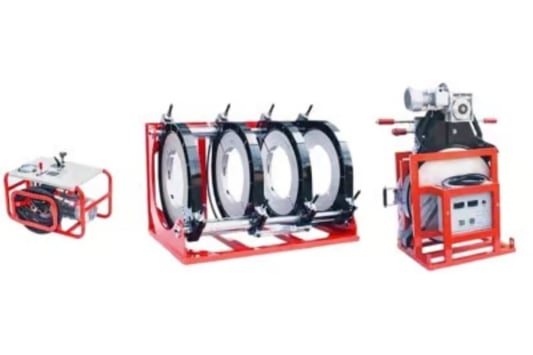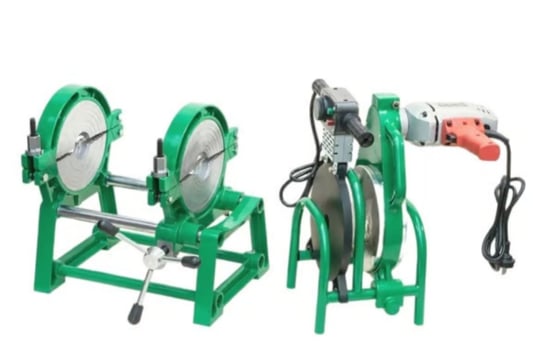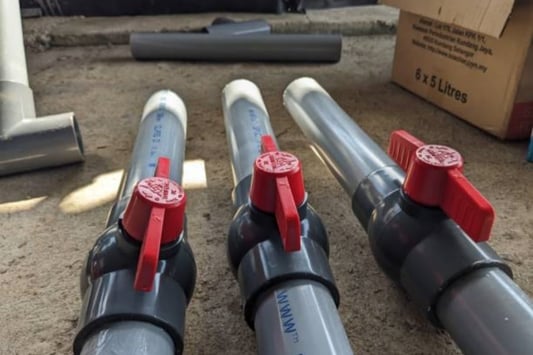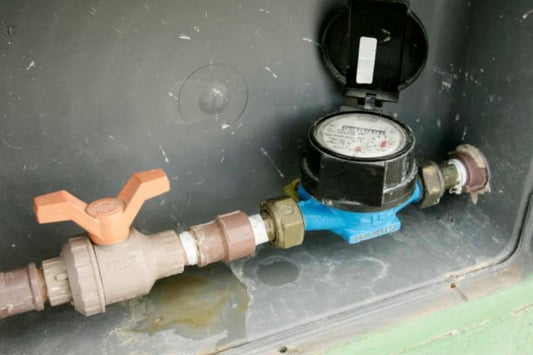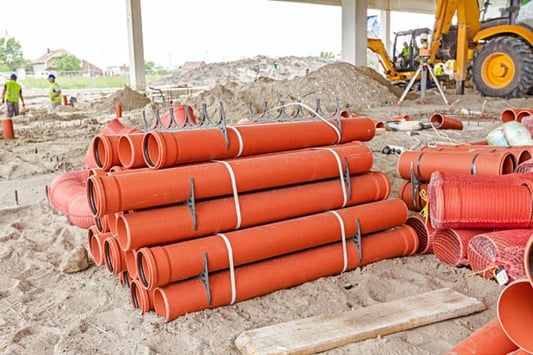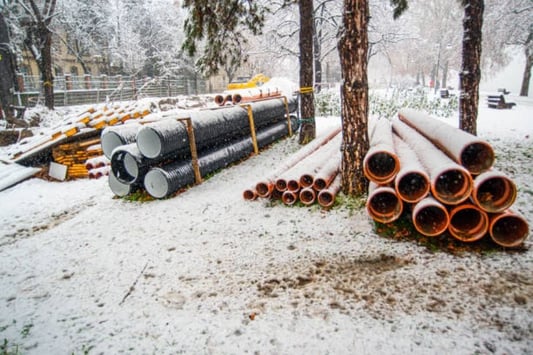IntroductionWelding is an important process in several industries, including fabrication, construction, and manufacturing. Traditional welding machines are bulky and heavy, but portable welding machines have been introduced to tackle this issue.What Is a Portable Welding Machine?A portable welding machine is a lightweight and compact device that uses an electric arc to join two pieces of metal together. It is also known as an inverter welding machine or a stick welding machine. These machines can be easily transported from one job site to another and are ideal for small-scale welding applications.How Does a Portable Welding Machine Work?A portable welding machine uses a direct current (DC) or alternating current (AC) power source to create an electric arc between the welding electrode and the metal being welded. The high heat generated by the electric arc melts the metal, allowing it to fuse together when it cools down. The operator controls the welding process by adjusting the current, voltage, and the length of the arc.What Are the Advantages of a Portable Welding Machine?Portable welding machines offer several benefits over traditional welding machines:Compact and lightweight designEasy to transport and storeReduced power consumptionQuick and easy setupLess welding fumes generatedWhat Types of Metals Can Be Welded with a Portable Welding Machine?A portable welding machine can weld a variety of metals, including steel, stainless steel, cast iron, and aluminum. The thickness of the metal that can be welded depends on the amperage of the machine. For thicker metals, a higher amperage machine is required.What Are the Different Types of Portable Welding Machines?There are several types of portable welding machines available on the market:Stick welding machineMIG welding machine (Metal Inert Gas)TIG welding machine (Tungsten Inert Gas)What Are Some Common Applications of Portable Welding Machines?Portable welding machines are used in a variety of industries, including:Automotive repair and maintenanceMetal fabrication and weldingConstruction and repair of structuresManufacturing of metal productsShipbuilding and repairWhat Are Some Safety Precautions to Take When Using a Portable Welding Machine?Welding can be dangerous if proper safety measures are not taken. Here are some precautions to keep in mind when using a portable welding machine:Wear welding gloves, a welding mask, and other protective clothingEnsure proper ventilation in the welding areaKeep flammable materials away from the welding areaDisconnect the machine from the power source when not in useHow to Choose the Right Portable Welding Machine?Choosing the right portable welding machine depends on several factors:The type of welding requiredThe thickness and type of metal to be weldedThe amperage range requiredThe power supply availableThe maximum weight the operator can handleConclusionPortable welding machines are a convenient and versatile option for welding applications that require mobility and flexibility. They offer several benefits over traditional welding machines, including easy transportation and storage, reduced power consumption, and quick setup. When using a portable welding machine, be sure to take proper safety precautions to avoid injury.Quote InquiryContact us!

